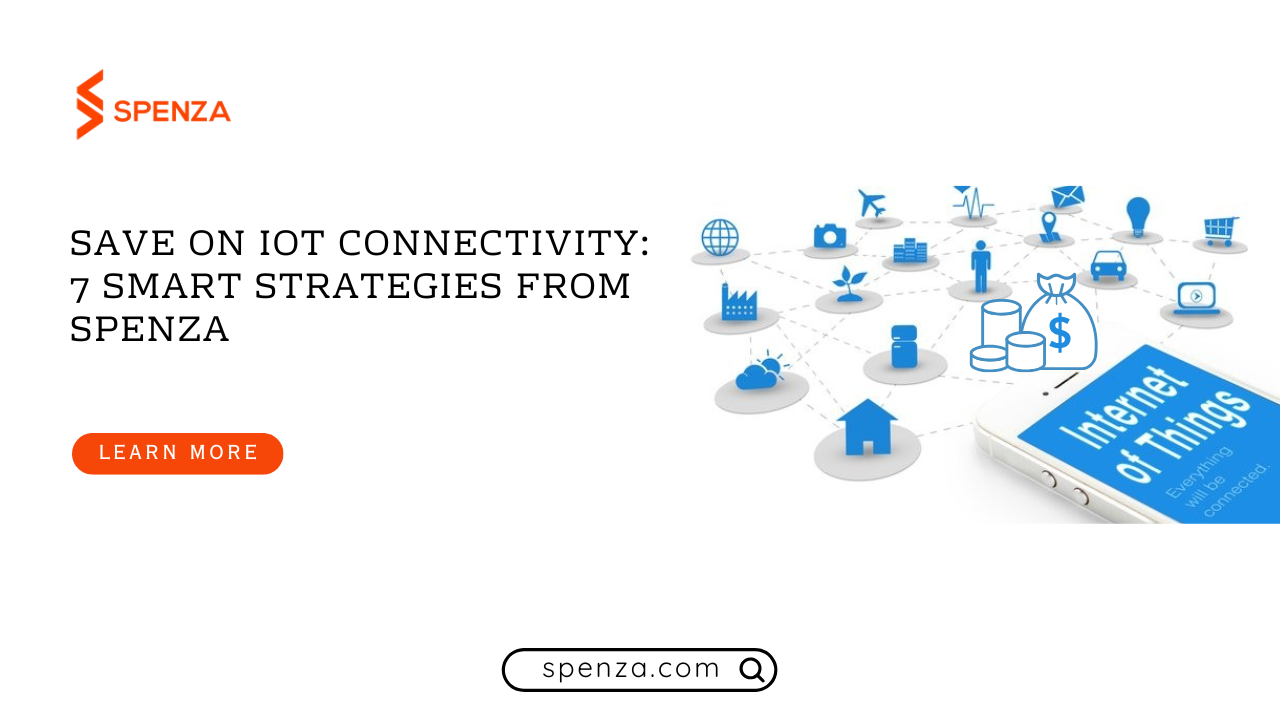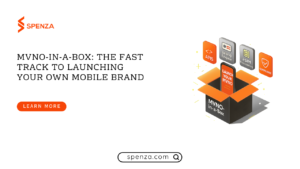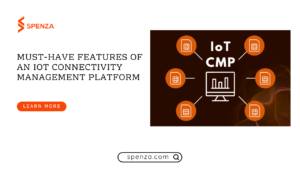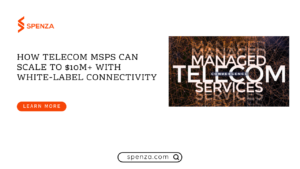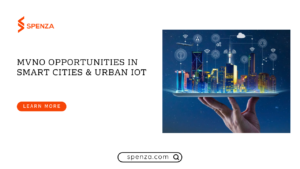Are you aware that IoT devices are estimated to produce around 79.4 zettabytes of data by 2025? That is quite an enormous volume of data! IoT is being embraced by businesses so it is of utmost importance to manage connectivity costs. This blog will analyze seven different IoT cost effective strategies. Let’s find out how you can save up to 30% on your IoT connectivity costs.
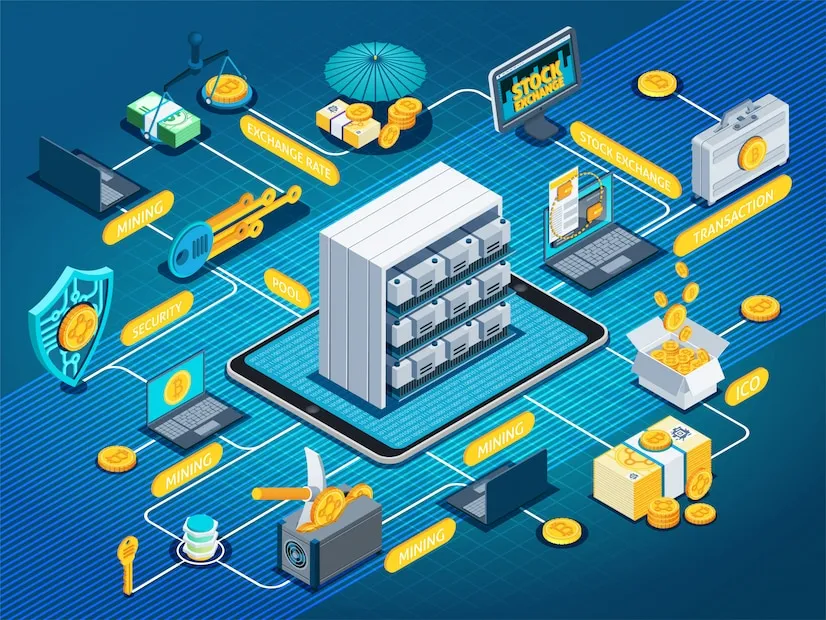
7 Strategies for Reducing IoT Connectivity Expenses
Learn how to manage and reduce your IoT connectivity costs with Spenza’s top seven tactics :
1. Implement Flexible Pricing Models
Flexible pricing models are key to optimizing IoT connectivity costs. They allow businesses to adapt to changing needs and usage patterns. Let’s look at some popular models:
| Pricing Model | Description | Best For | Example |
|---|---|---|---|
| Pay-as-you-go | Pay only for data used | Low or variable usage | Best 4G MVNO plans |
| Tiered Plans | Fixed rates for different usage levels | Predictable usage | AT&T MVNO program options |
| Pooled Data | Shared data across multiple devices | Large device fleets | Best MVNO on Verizon network |
| Custom Plans | Tailored to specific business needs | Unique use cases | AT&T MVNO white label solutions |
| Hybrid Models | Combination of different pricing structures | Complex IoT deployments | Best MVNO offerings |
| Seasonal Plans | Adjusted rates for peak/off-peak periods | Seasonal businesses | Best MVNO seasonal options |
Choosing the right model depends on your specific IoT deployment. Consider factors like device count, data usage patterns, and business goals when selecting a pricing model.
2. Optimize Data Transmission
Optimizing data transmission is crucial for managing IoT connectivity costs.
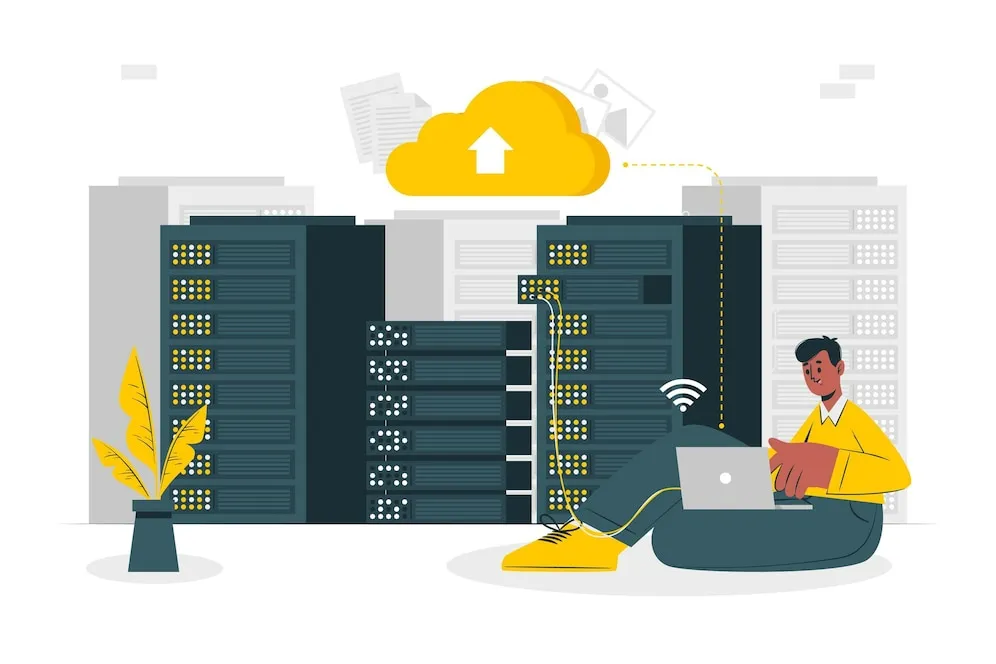
- To begin, understand your device’s data requirements. Is it necessary to have real-time updates or would having them once every hour suffice? By managing transmission intervals, both bandwidth and costs can be lowered drastically.
- Further, try to emphasize on compression of the data. A lot of IoTs do not compress the data sent or use massive datasets. Using efficient compression techniques can cut data down by 80%. This can assist in reducing the cost as well as help with transmission and its speed.
- Also, do not forget about edge computing. Information can be processed at the device which would allow unnecessary information to be filtered out prior to its transmission. Such methods can work quite well with 5G mobile plans as the data transfer is quick but the prices can accumulate.
- Last but not the least, consider improving the protocols you use. Low weight protocols such as MQTT or CoAP are meant for IoT devices and transmit using a lower amount of bandwidth in comparison to the regular HTTP. Choosing the right protocol can make certain that the data is sent and received in an optimal fashion and at an affordable price.
3. Leverage Multi-Operator Connectivity
The multi-operator option revolutionizes IoT cost effectiveness. This is similar to having a SIM card that connects to the best network available. Businesses using the ATT MVNO program or those searching for the best 3G MVNO options will find this method particularly useful.
Moving IoT devices, or using IoT devices in different locations, may lead to poor network availability. With single-operator contracts, you may incur roaming fees and disconnections. These situations are eliminated through multi-operator solutions, which determine the maximum available network and connect instantly.
Yes, multi-operator connectivity seems complicated, but Spenza helps simplify the issue. We take care of the technical parts and help you keep the costs low while you look forward to the strategy of your IoT.
4. Utilize Cloud Connectors for Efficient Data Transfer
Cloud connectors play a major role in optimizing IoT data transfer. They act as a bridge between your devices and cloud platforms, streamlining data flow and reducing costs. Here’s a look at how different cloud connectors can benefit various IoT setups:
| Cloud Connector | Best For | Benefits | Cost Impact |
|---|---|---|---|
| AWS IoT Core | Large-scale deployments | Serverless architecture, pay-per-use | Reduces infrastructure costs |
| Azure IoT Hub | Enterprise IoT solutions | Seamless integration with Azure services | Optimizes data processing costs |
| Google Cloud IoT Core | Real-time analytics | Machine learning capabilities | Lowers data storage expenses |
| IBM Watson IoT Platform | AI-driven IoT | Advanced analytics, easy scaling | Minimizes operational costs |
Choosing the right cloud connector depends on your specific IoT ecosystem and business goals. It’s worth exploring options from the best mvno verizon or other providers to find the most cost-effective solution for your needs.
5. Streamline SIM Management
Effortless management of SIM is needed and increasingly important for the control of connectivity expenditure for IoT use cases. To begin with, it is recommended that you install a centralized SIM management platform. This enables you to access all of your SIMs via one central dashboard irrespective of whether you’re working with the best T mobile MVNO or other providers.
Then, concentrate on migration lifecycle management. Only activate SIMs when devices are required and deactivate them immediately when devices are not utilized. This subsequently avoids incurring costs for devices with no activity. Most platforms are also starting to offer automated lifecycle management functionalities which further ease the process.
Finally, keep in mind to set restrictions and data alerts. Make device limit flags arrange for prior to crossing the device limit. This will avoid the surprise overages and you can tweak your plans in time.
Adopting eSIMs as a viable option should be considered. Instead of physically switching SIMs while switching carriers, eSIMs provide the opportunity to do so remotely,
6. Implement Robust Monitoring and Analytics
Implementing robust monitoring and analytics is key to optimizing IoT connectivity costs. Start by setting up real-time monitoring of your devices. This allows you to track data usage, network performance, and device health in real-time.
Use predictive analytics to forecast data usage trends. This helps in proactively adjusting your plans or troubleshooting issues before they lead to cost overruns. Many best T Mobile MVNO providers offer analytics tools as part of their service packages.
Implement anomaly detection algorithms. These can quickly identify unusual patterns in data usage or device behavior, alerting you to potential issues that could impact costs. For instance, a sudden spike in data usage might indicate a malfunctioning device or a security breach.
7. Choose the Right Connectivity Technology
Selecting the appropriate connectivity technology is crucial for optimizing IoT costs. Here’s a quick guide to help you choose:
- LTE-M: Ideal for mobile IoT devices with moderate data needs. Great for asset tracking.
- NB-IoT: Perfect for stationary devices with low data requirements. Excellent battery life.
- 5G: Best for high-bandwidth, low-latency applications. Suitable for real-time control systems.
- LoRaWAN: Excellent for long-range, low-power devices. Ideal for smart city applications.
- Sigfox: Good for simple, low-data devices over large areas. Cost-effective for basic sensing.
- Bluetooth Low Energy: Perfect for short-range, low-power applications. Great for wearables.
- Wi-Fi: Suitable for high-data, short-range applications. Ideal for home automation.
Consider factors like data needs, device location, and power requirements when choosing. The right technology can significantly impact your connectivity costs. Want to save more on IoT costs? Connect with Spenza now for personalized IoT solutions that fit your business needs!
Final Thoughts
Optimizing IoT connectivity costs is crucial for business success in the digital age. By implementing these seven strategies, from leveraging AT&T MVNO program options to choosing the best 3G & 4G MVNO for your needs, you can achieve significant savings. Remember, the key is to tailor these approaches to your specific IoT deployment. Ready to start optimizing? Consult with Spenza today to discover how you can cut your IoT connectivity costs by up to 30%.
FAQs
Implement encryption, use secure protocols, regularly update firmware, and consider using private APNs or VPNs. Many cost-effective MVNO solutions include security features in their packages.
Spenza cuts costs through multi-operator SIM support, flexible pricing, automated operations, and analytics tools that reveal usage patterns and inefficiencies.
Device vendors, enterprises managing IoT deployments, and VARs/MSPs looking to monetize wireless offerings can benefit from Spenza’s services.
Yes, Spenza supports eSIM, enabling remote SIM provisioning and carrier switching without physical SIM changes.
Spenza offers a unified platform for managing connectivity across multiple operators and countries, with AI-driven insights and automated operations that traditional solutions often lack.

